Mogadishu. We’ve been asked plenty of times: “Why? Why would you want to go there?” The answer is, to say the least, complicated. I know that I’ve responded to the question with a bit of a shrug at times. The smug reply would be to paraphrase Edmund Hillary with “because it is there.” There is a grain of truth to that answer, but it leaves an awful lot unspoken.
“Why?” is an inherently confrontational question, but it cuts to the essence of so very many things we do. One might simply ask: “Why travel? Why travel at all?” The specific answers are limitless. I would argue that there is an underlying theme to travel, and that theme is escape. Whether it is a very regimented experience like an island cruise, or trekking through an underdeveloped locale without a set itinerary, it is a break from your ordinary. If you live on a beautiful tropical island, the notion of an island getaway doesn’t quite translate the same. Speaking for myself, travel is a bit of a mental reset and an opportunity for reflection. A relaxing resort retreat can serve part of that purpose. The thing is: you can relax at home. Wherever you are, if you look for it, you don’t have to travel more than a few hours to find a relaxing break from the routine. The other part of travel though, to me, the other part of that escape, is getting in touch with, if even for a moment, another rhythm of life. It challenges your assumptions; it provides an opportunity to examine parts of your way of life that can otherwise be taken for granted. I have found that I get that experience most fully when travelling to places as far removed from my own life as possible. In that sense, not the geographic distance, but rather the lived experience, I can’t think of a place further away than Somalia.
The process of brainstorming places to visit starts pretty loosely…. Internet searches, image searches, travel blogs. What is your gut reaction to the place? Getting a sense of geography often takes me to Google Earth, which often leads down a rabbit hole of scrolling, zooming, and even roaming in street view. There’s something simultaneously clinical and voyeuristic with the snapshot of the earth that is offered there. Satellite imagery of North Korea fascinated me before our visit there. What do the images tell you about a place though? They are snapshots of development; a blurry distant glimmer of the lives lived there. The buildings, the monuments, the roads and cars, the homes, all only hint at the humanity of the place. I have found myself looking at the top-down images of Mogadishu with similar curiosity and fascination. Somalia, as portrayed in the West, and specifically in the U.S., is the stuff of nightmares. Forbidden. Inaccessible. Deadly. Are those fair characterizations? The stories that come out of there certainly support that. Somalia has a long and tragic history peppered with civil war and brutality. In it’s current state, it is unlike any other place. The world gave up on Somalia nearly a quarter century ago. It was left to implode into anarchy. As a secular dictator was overthrown, the void was filled with warlords and (at least initially) foreign Islamists. Their waters became an unregulated dumping ground with no limits on fishing, providing the initial seeds of what morphed into the opportunistic piracy that grabbed headlines everywhere. That’s what we know of Somalia: starvation, pirates, and terrorists. It’s been that way for a generation. But looking at those images… at the sprawl of disorganized streets and buildings…. I’m struck: What else is there? People have gone on living their lives there. Building and rebuilding. Surviving. I have looked at it safely and wondered. Given the opportunity, I wanted to know something of the place.
So what is the situation there now? African Union troops have pushed the active fighting out of Mogadishu, providing security for an election and a rapid increase in reconstruction over the past couple of years. What is it like on the streets of Mogadishu? I had no idea…. but I began to find a few travel blogs of people who have been there. Further reading and research began to make the logistics of visiting Mogadishu seem feasible. It didn’t take long after that for concrete plans to be made.
And a few months later: here we are. We’re with our friend Greg are on this part of the trip, flying from Nairobi to Mogadishu. Our flight was scheduled to depart at 0645, so that meant a departure from our lodge in Nairobi at 0330 and another night with only a few hours sleep. There was no traffic, so we got to the international terminal quite early. With minimal lines for the security screening to enter the building, we were inside the mostly empty entrance in only a few minutes. A worker directed us to a bay of empty desks for our flight on East African. We walked a bit in that direction and our presence caught the attention of a Somali gentleman that was near the counter. The terminal we were in held counters for East African Airways, African Express, and Jubba Airways (a Somali carrier), with a couple of flights departing that morning to Mogadishu and Hargeisa. It’s pretty safe to say that many of the patrons were Somali. Additionally though, Somali people seem to be distinguished by their dress and some differences in features and body type. The gentlemen that approached near our desk wore a light suit without a tie, kept short curly hair, and had a light complexion with high cheekbones. Many Somalis seem to have similarly striking features.
“Are you going to Mogadishu?”
“…yes.”
“Oh wow, what did you guys do wrong? Are you with the U.N.?”
And it went from there. He informed us that the East African counter wouldn’t be open for at least twenty minutes, and that it might be a while after that when we would be able to get our boarding passes. He was drinking a cup of coffee from the Kenyan chain “Nairobi Java House,” which struck us as a great idea to get some breakfast. Greg stayed near the counter with all of our bags chatting with our new friend “Adam” while we went outside and around the corner to grab some coffee and breakfast. In the time it took to get a few specialty coffees and hot sandwiches, the security line to get back inside had grown dramatically. That left Greg inside chatting for a while. We decided if Adam was the point man for some “Taken” type of kidnapping scheme, Greg didn’t have any relevant information to share even if he wanted to. It’s generally a safe bet to assume nefarious intent when encountering friendly strangers abroad, but this guy ultimately proved harmless. He resides in the U.S. and brokers business deals in Somalia that are becoming increasingly feasible. It would seem to be his business to make connections with Westerners that have reasons to travel to Somalia. When Greg relayed that we were there as tourists, it gave the guy pause. He did seem pleased with the notion of the place opening up and seemed happy that we were visiting. He lamented his daughter that hasn’t traveled there and “thinks Africa is one country.” Altogether a nice initial encounter, and he got the counter lady to get us on the hugely spacious exit rows on the plane. Speaking of which: handwritten boarding passes for our flight… wow. Immigration out of Nairobi was a leisurely and time-consuming affair, filled with many screaming children and women in full abaya arguing over large suitcases and (an aerosol can of hairspray) and generally keeping things at a snails pace. The flight was quite nice on East African, with a clean aircraft and professional crew. The descent into Mogadishu takes you along the coast, which was a tad unnerving on the right side of the plane as you’re almost in the water when you suddenly touch down on the edge of the landing strip.
Out on the tarmac, we spotted our contact waving to us at the terminal entrance. Two people from our security team escorted us through customs without incident. There was a bit of chaos at the human-operated “baggage carousel” that we bypassed, but the real chaos was at the exit to the outside. The foggy windows around the doors had the silhouettes of multiple people pushing and clawing at the doors. There was a lot of yelling in Somali. I have to admit, it was a bit like a scene in a zombie movie for a moment (Old George Romero or original Omega Man, when zombies could talk). When we got out the door, there was a guy with a stick beating people out of the way, which was an interesting welcome to town. Driving through the secure zone in the airport, there is a multinational military presence with an impressive amount of firepower, lots of blast buffers, stacked HESCO barriers, secured lookouts and sniper nests. We left through a less used checkpoint because the week before a vehicle-based IED had attacked a U.N. convoy through the main gate. The security procedures and military presence was a pretty sobering welcome.
I can’t really say too much specific about the logistics or specific people involved in our security for obvious reasons. I will say that the whole operation was extremely professional and we felt very well protected. Our compound was in what the security team called the “red zone,” as opposed to the “green zone” or “behind the wire”. Apparently many of the U.N. and N.G.O. personnel almost never go outside the green zone, so we were already off to an interesting start. It’s certainly the first lodging I’ve been at where the rooms are stocked with bulletproof vests. After a briefing from senior security staff, we took a driving tour around the city, getting out briefly on the coast near the fish market. The standard security detail was a car leading you with a group of well-armed guards riding in the back of a pickup truck. The senior guard was in the passenger seat with us also serving as our tour guide. Driving through the city like this was amazing: the armed pickup would aggressively clear traffic while we stayed on them, at times almost hitting any cars that tried to get in between us. We would drive over medians, sidewalks, over and around anything that was in the way of moving rapidly from point to point. There was constant radio contact and the routes to and from were in constant flux. On the rough roads around town, this was anything but a sleepy ride. High speed driving around Mogadishu was sensory overload and really quite the rush. Whenever we stopped to get out, the three of us kept together in a tight group while the guards fanned out around us making sure nobody suspect got too close. We would be out for a couple of hours at a time but it seemed like it was over in an instant each time.
We took a total of four trips around town over two days. The first trip was kind of a loop around the city and back as sort of reconnaissance and to give us a feel for what there is to see. Riding around I found myself darting between what was going on with our security and all of the sights and sounds around us. In a place like Mogadishu, normal things are fascinating in both their presence and absence. I had no idea there would be tons of tuk-tuks/auto-rickshaws riding around, not that we’d be riding in them. Every kind of specialized store is around, but a really interesting thing here is how every store has a mural of what is sold or what services are offered is depicted on the outside. Restaurants and bodegas have pictures of what is sold, car parts show the different parts or services, hospitals show bandages applied or a pregnant woman being cared for, barbers show people getting their hair cut, etc. Driving past rows of stores with all these colorful pictures in the front was pretty cool. Of course, as you might imagine, there’s plenty of destruction on display as well: buildings everywhere are peppered with small arms rounds, some are partially or totally collapsed, multiple RPG rounds having opened interior rooms to outside view. The kind of punishment some of these structures have received over twenty years of war is hard to fathom. The city has areas that really bring into really how poorly developed the place is: trash on fire in piles everywhere with children picking through it, cows and goats roaming the streets, donkeys carting water (as many don’t have running water) refugee camps nestled tightly alongside houses and businesses. There is still a tremendous amount of hardship on the people here. And yet there is new construction going up in lots of places around town. Many of the new structures including planned shopping malls, hotels, and embassies. There’s even a large new airport terminal, beautiful sparkling glass and steal architecture, almost completed. All of the projects allow for some measure of optimism for the future of Mogadishu.
Our second trip out in the afternoon took us by the fish market and the ruins around the old hotel al-Uruba. Which walked from the arch of triumph to an old Italian church. The church ruins were particularly incredible to walk around inside. While much of the structure is destroyed, I found it impressive that the building still stands at all. A couple of the reliefs inside the building are fairly intact, save for some bullet holes in Christ in the big relief along to what’s left of the ceiling . A few locals sleep inside the building, but it is otherwise used as a trash dump. After visiting there we drove to the city center where the monument to the unknown soldier and the ruins of the old parliament building are. Occasionally there were moments in transit that got just a little bit tense. We took a detour around the street in front of the Presidential Palace because it was blocked and ended up on a smaller dirt road. At one point we came upon two parallel trucks blocking the road and a couple smaller vehicles had turned around in a way that seemed we were going to get surrounded and pinned in. The security team up front engaged the vehicles on foot and seemed to really terrify a guy that turned out to be just trying to fix his truck. Standing still is a potential security nightmare and you can feel the tension escalate whenever it happens. We also had to really hustle out of the city center after we started attracting quite a bit of attention with our presence in what is a fairly exposed square with a roundabout around the unknown soldier monument.
Our second day was pretty relaxed, spending the morning at an oceanfront café and goofing off at the beach a bit. We had an amazing lobster platter, which was something I’d hoped we’d be able to enjoy during our time here. Watching little fishing boats get pulled in and all the children roughhousing, playing up and down the beach was pretty entertaining. You could almost forget where you were. Almost. We closed out the day inside the green zone at the airport doing a little shopping. Beyond the security checkpoints there you’re relatively safe to browse around. We only needed one armed guard at a distance for all of that. It was interesting to see all the different African troops browsing around as well. The Ugandan troops seem to have some particularly colorful uniform accessories.
With all said and done, I certainly can’t provide any profound insights into the place. Having read a bit, and now having seen with my own eyes, I feel like I simply have more questions. There is no easy to solution to what has happened here. It’s also difficult to imagine, given the volatile state of things in Mogadishu, that most of the rest of the country is far less stable. It does serve as a reminder of how bad things can get without the rule of law. We all managed to have a great time though. I certainly won’t ever forget my experience visiting here.
Complete slideshow will load below:

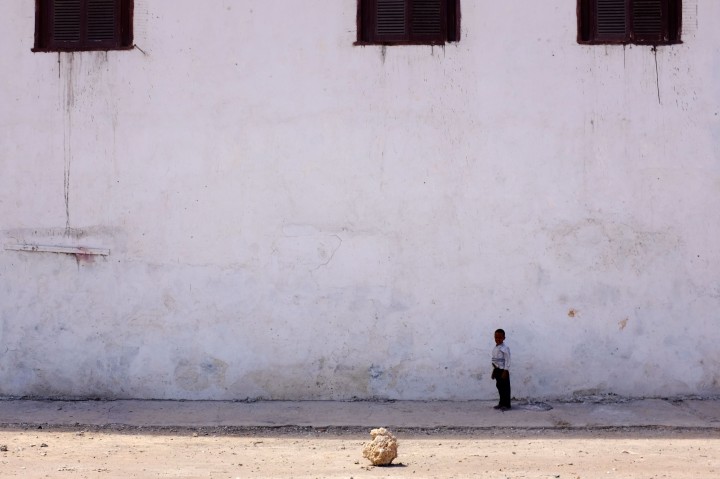
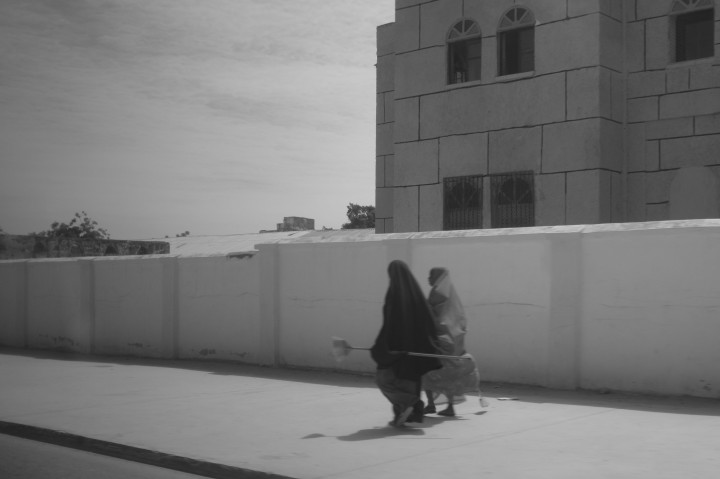
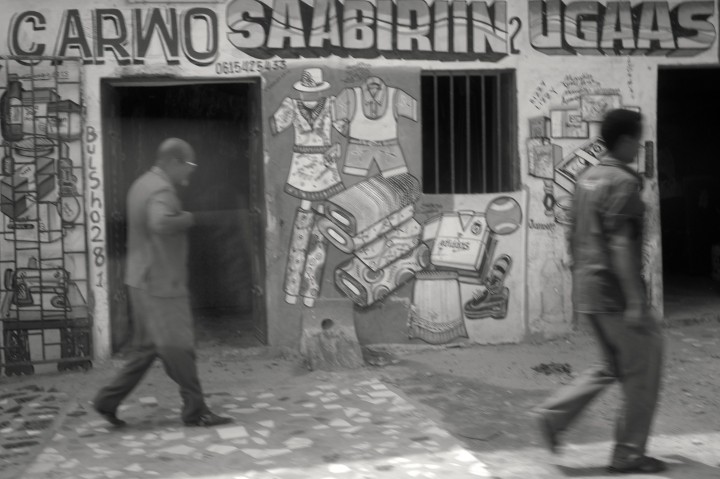
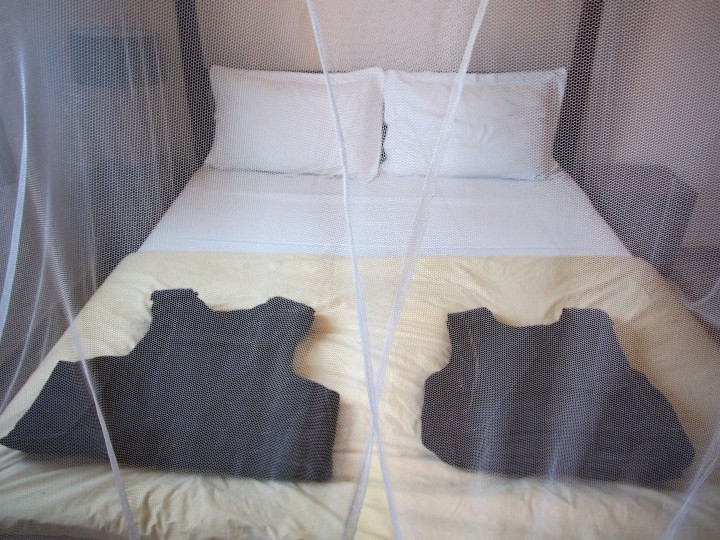
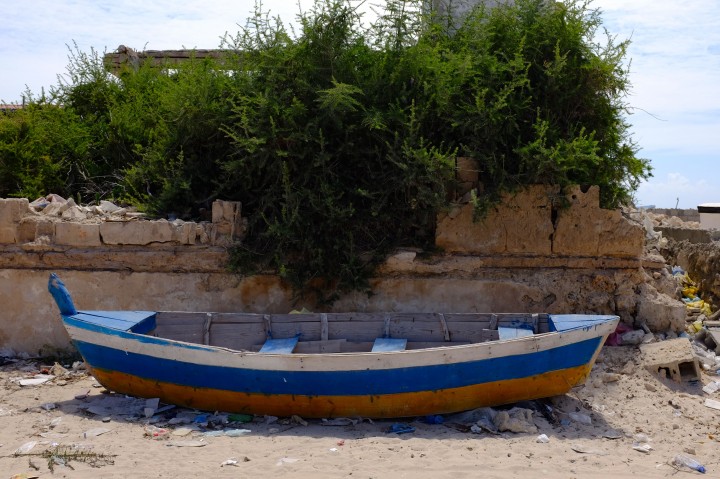
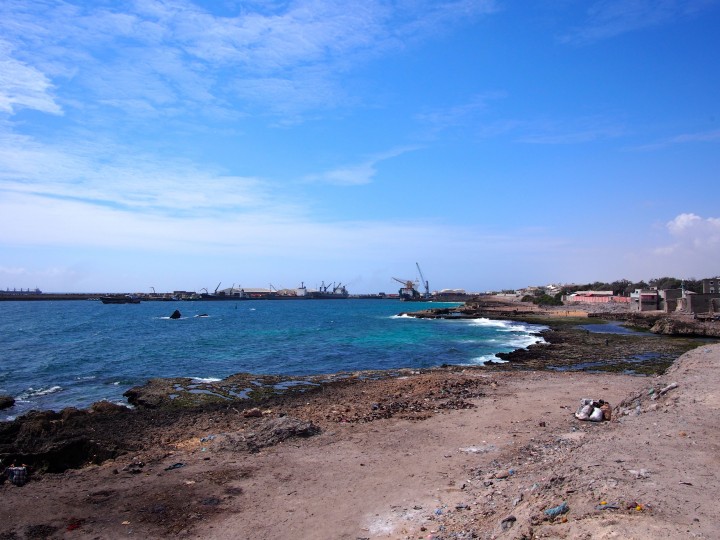
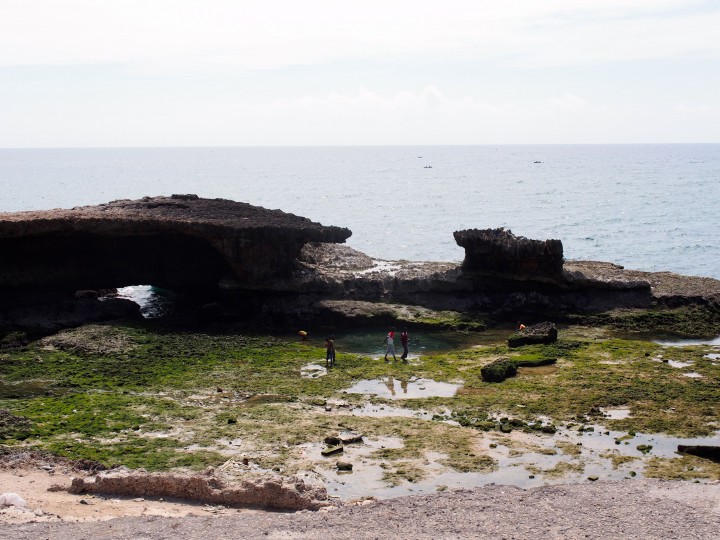
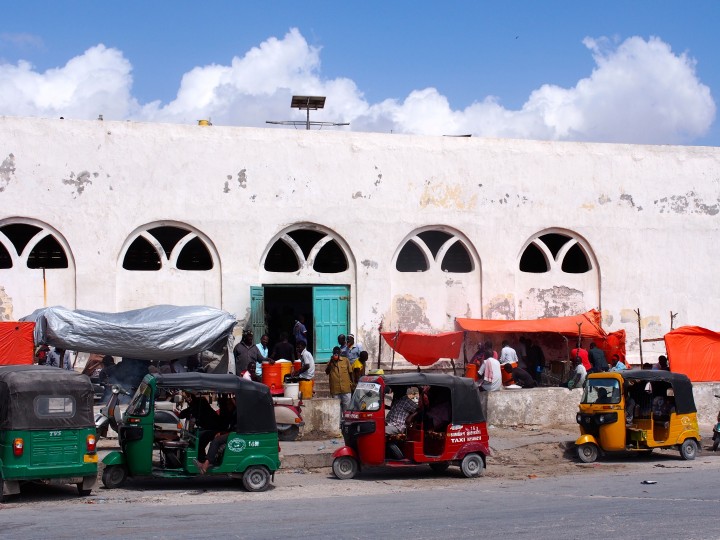
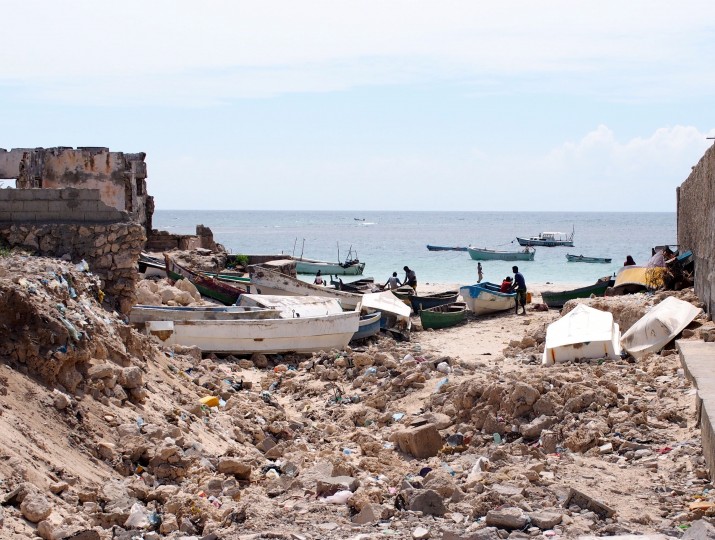
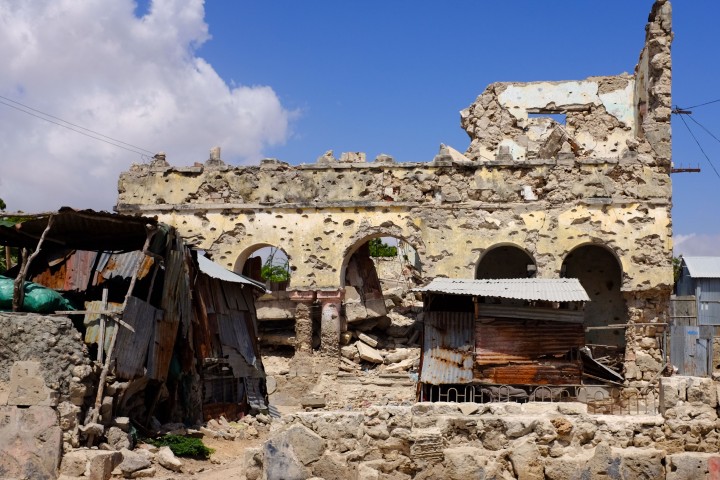
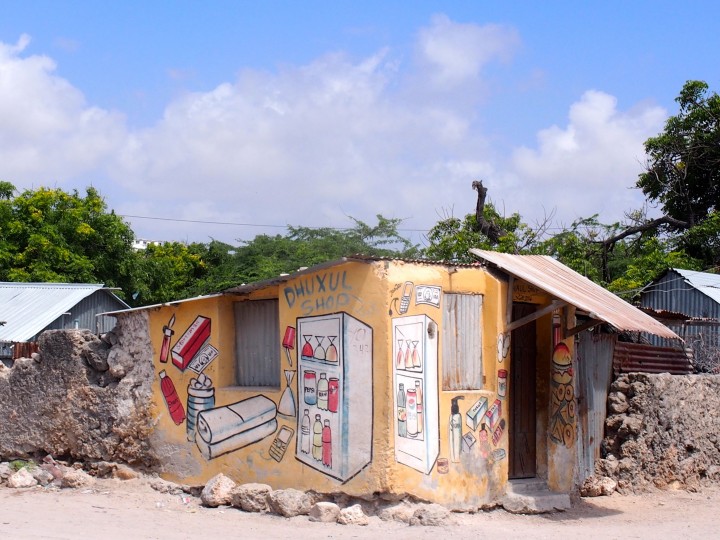
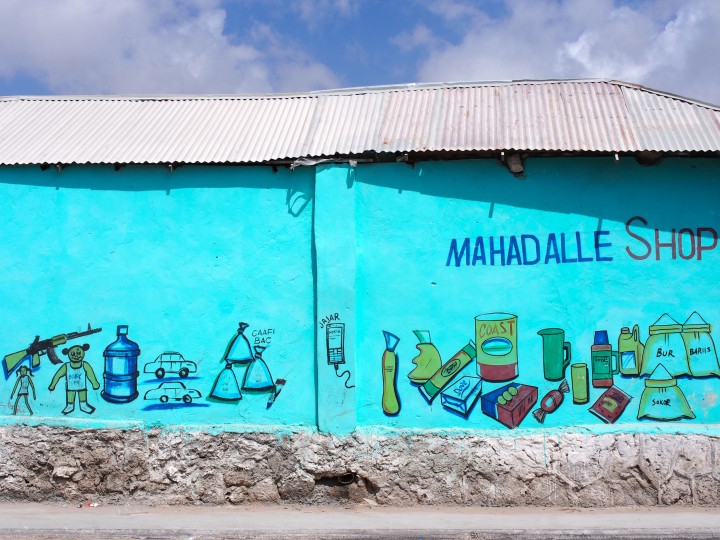
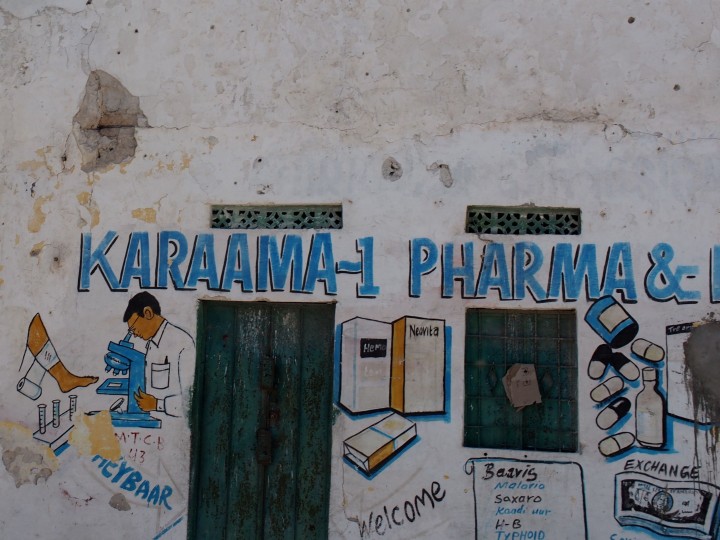
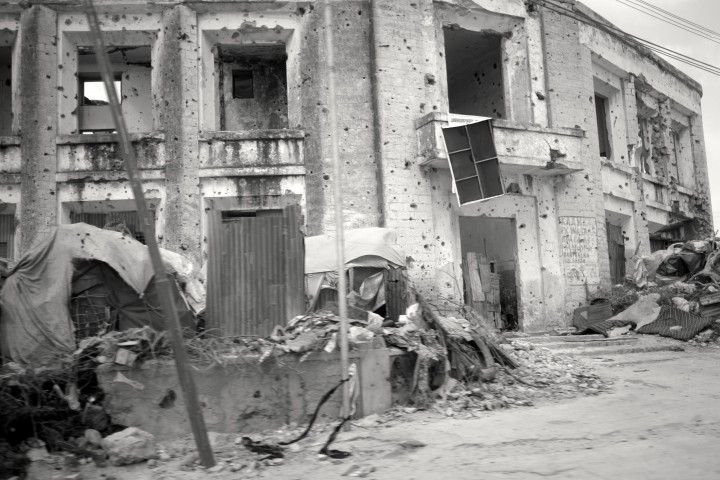
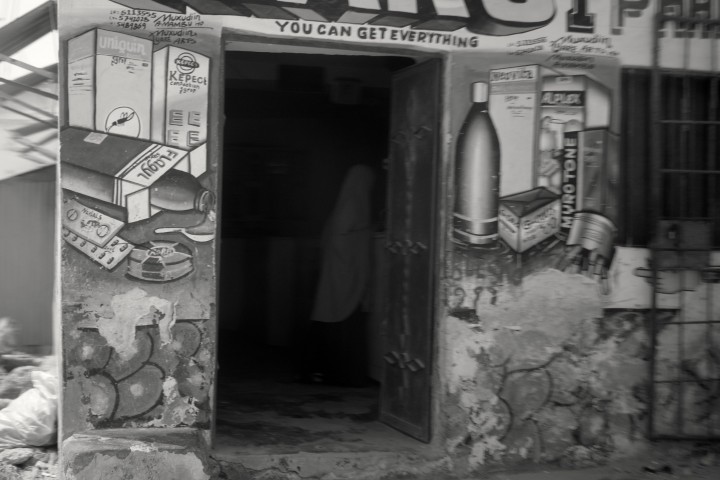
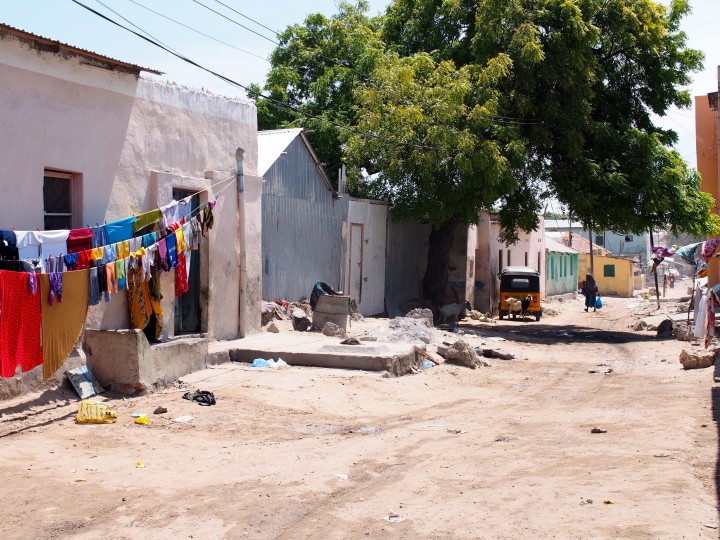
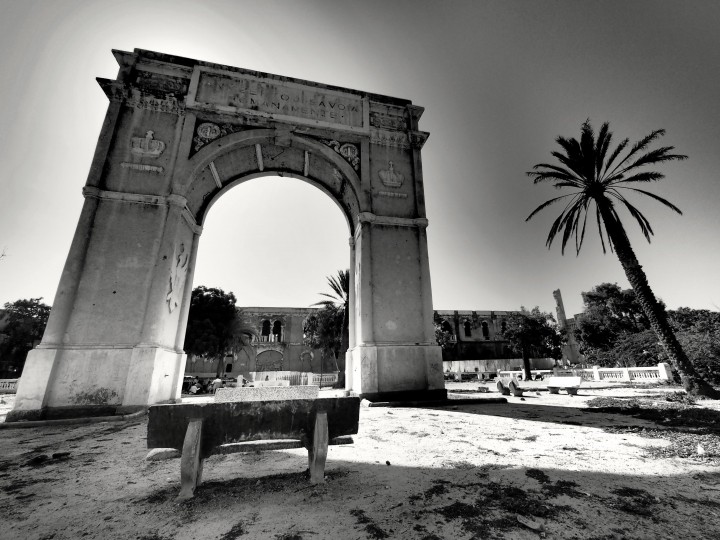
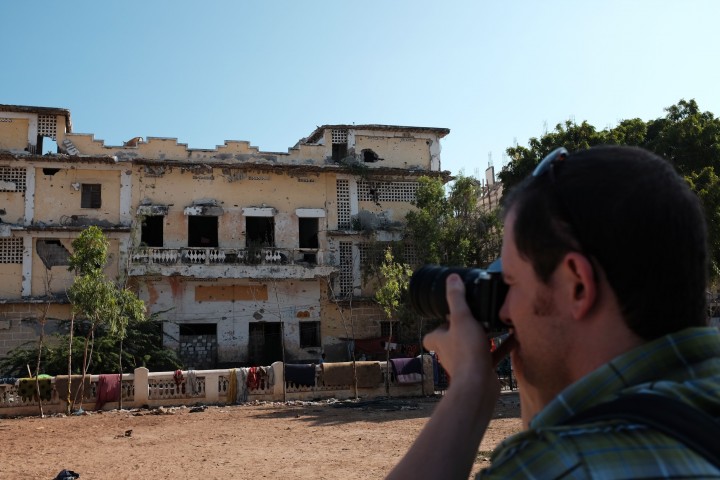
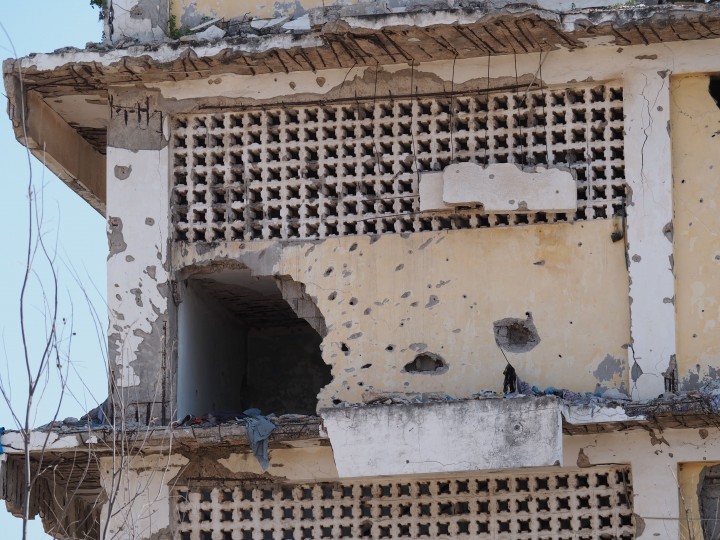
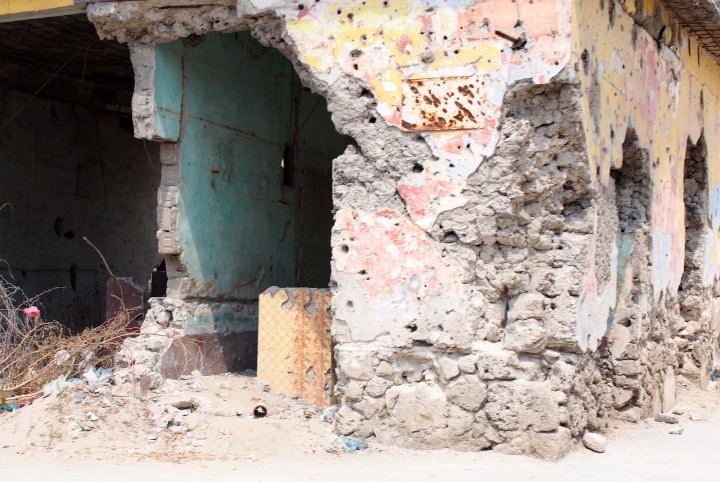
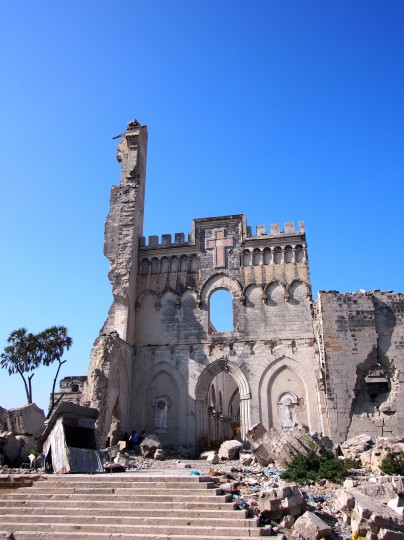
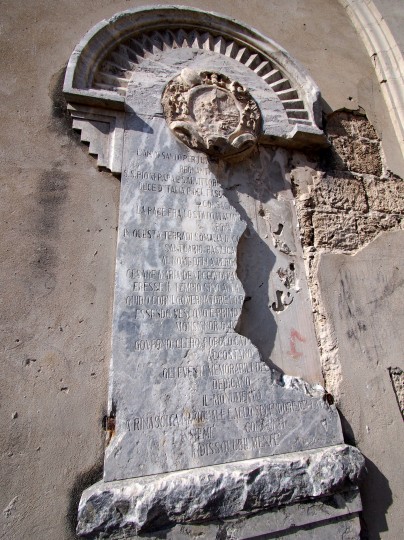
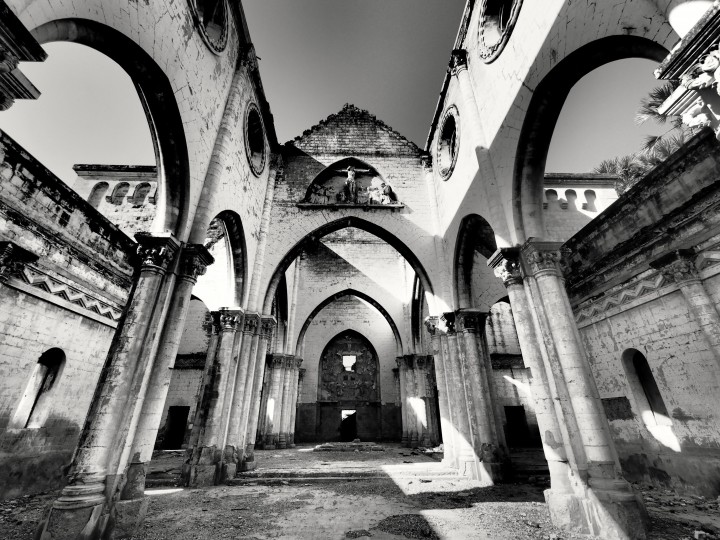
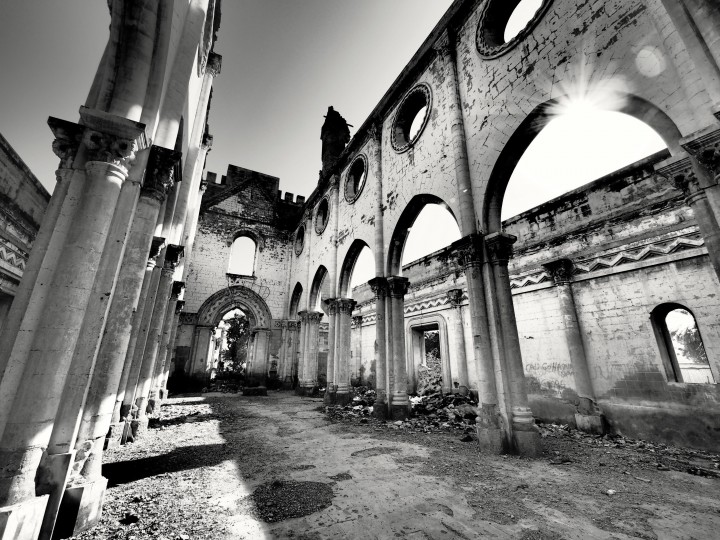
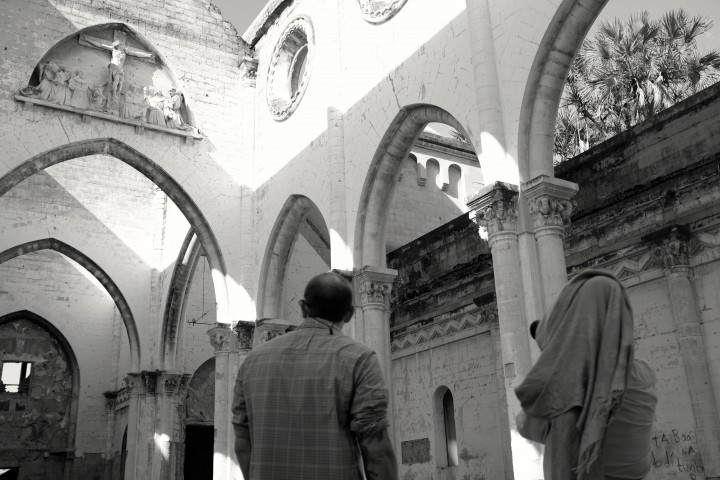
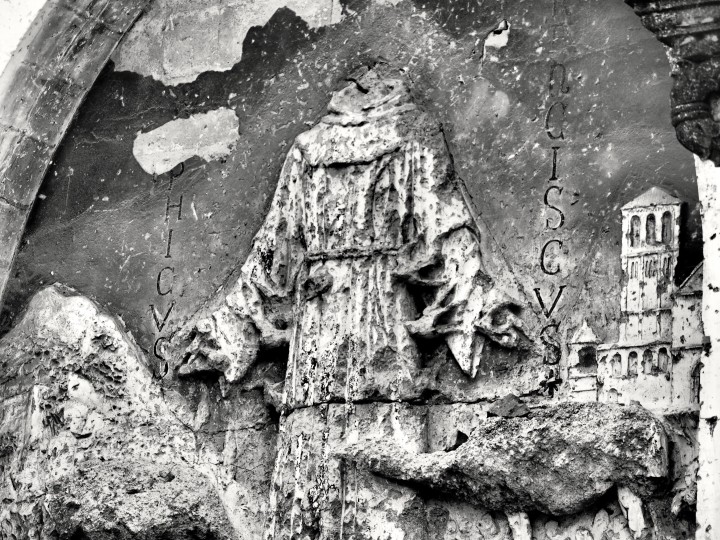
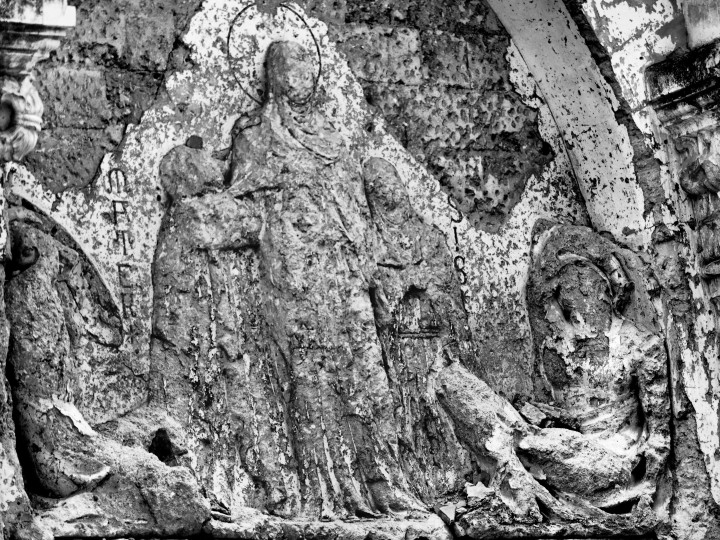
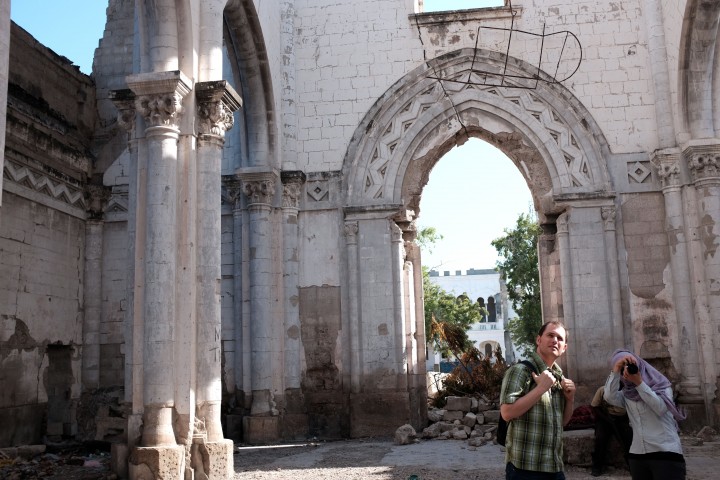
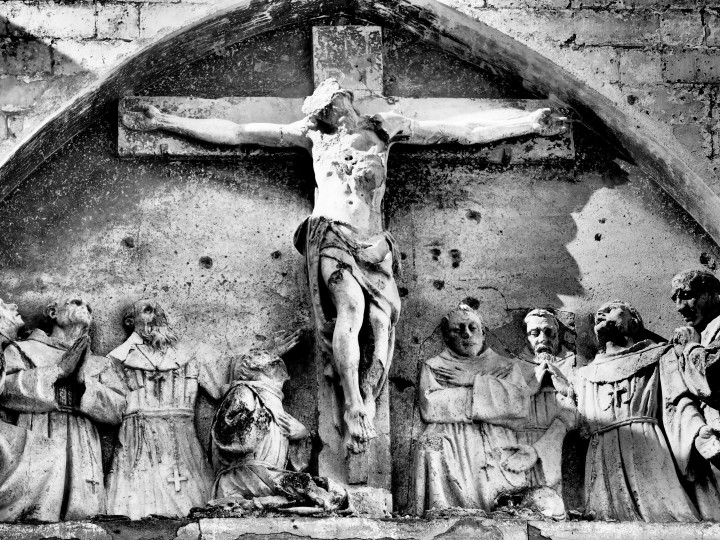
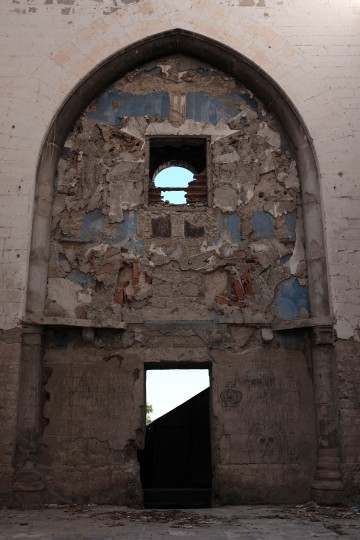
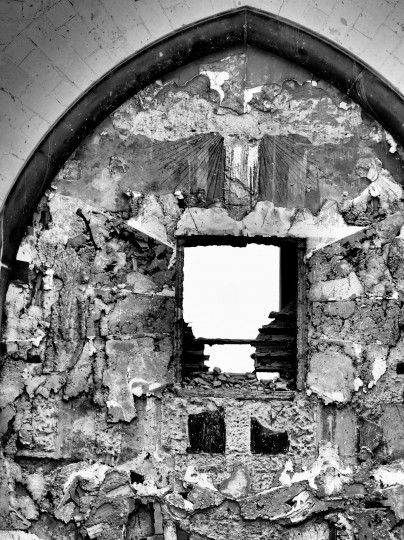
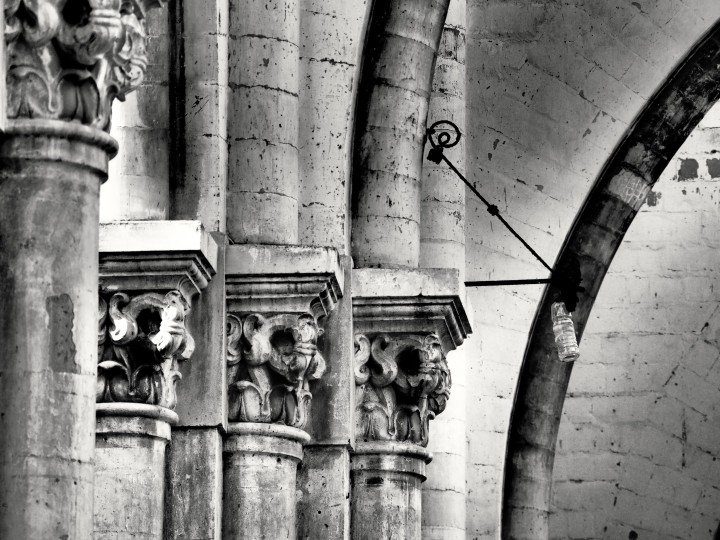
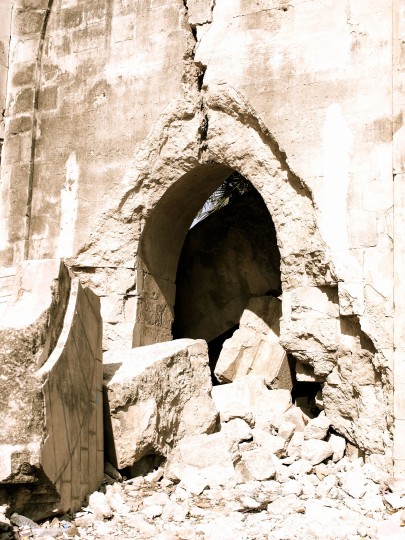
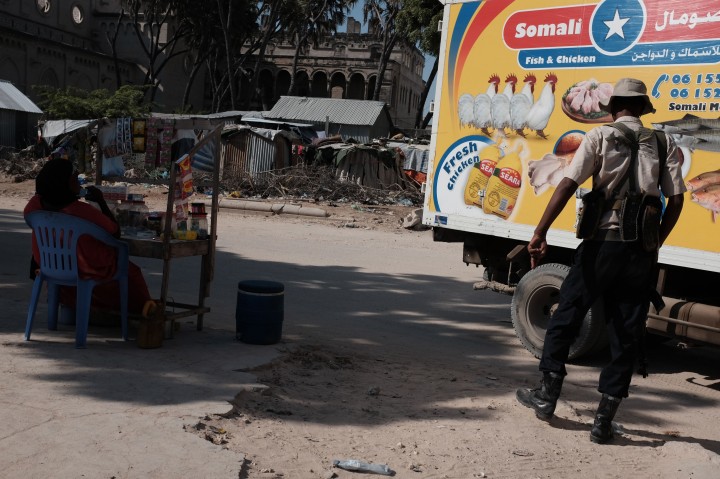
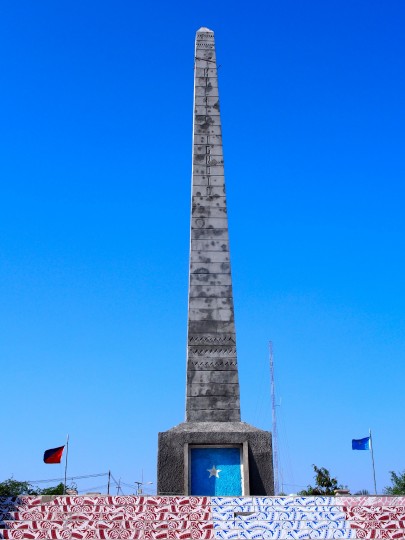
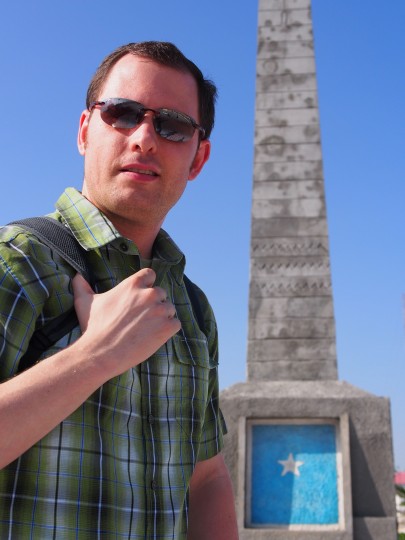
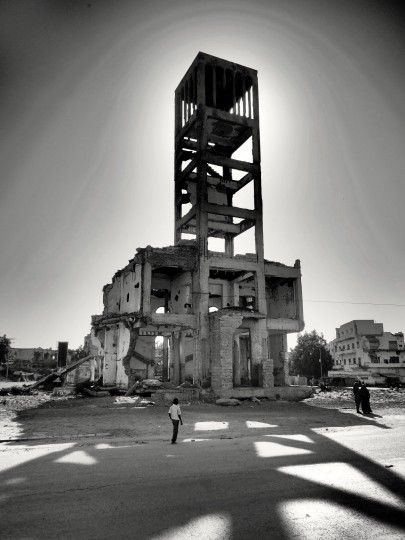
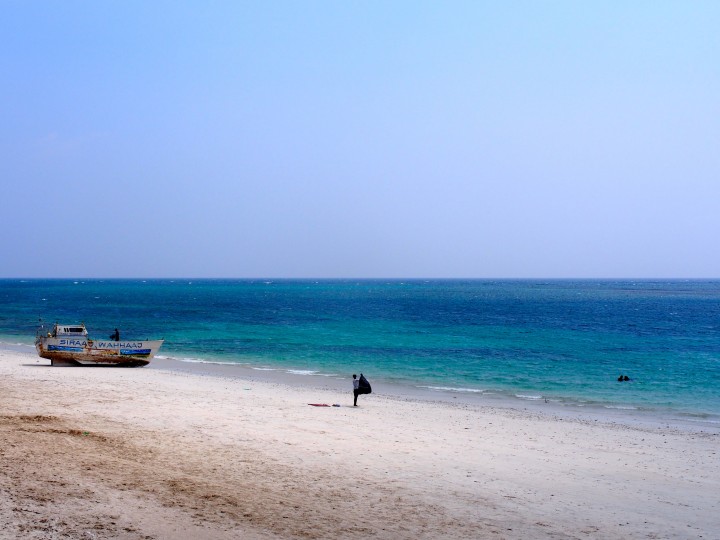
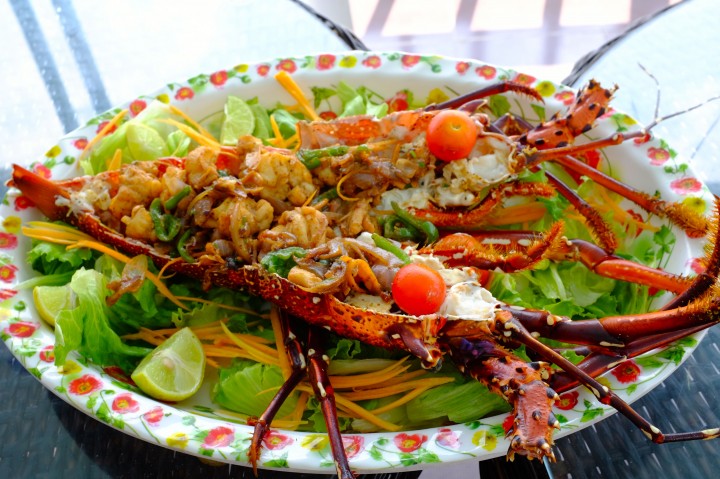
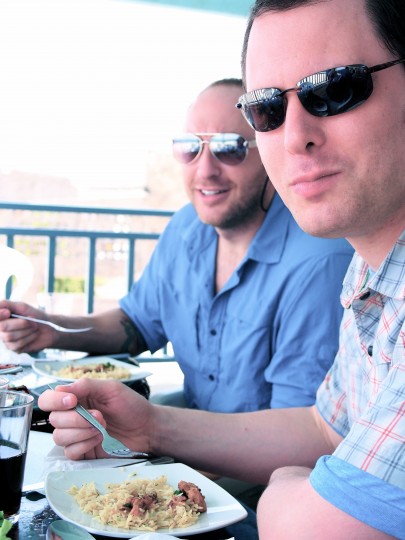
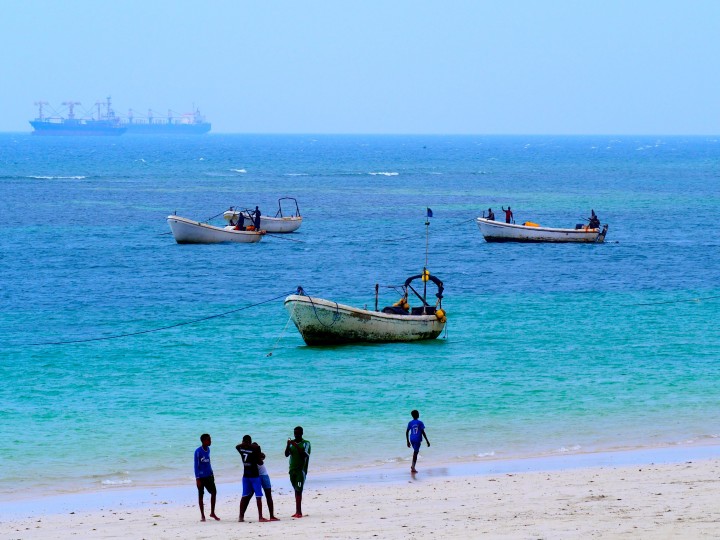
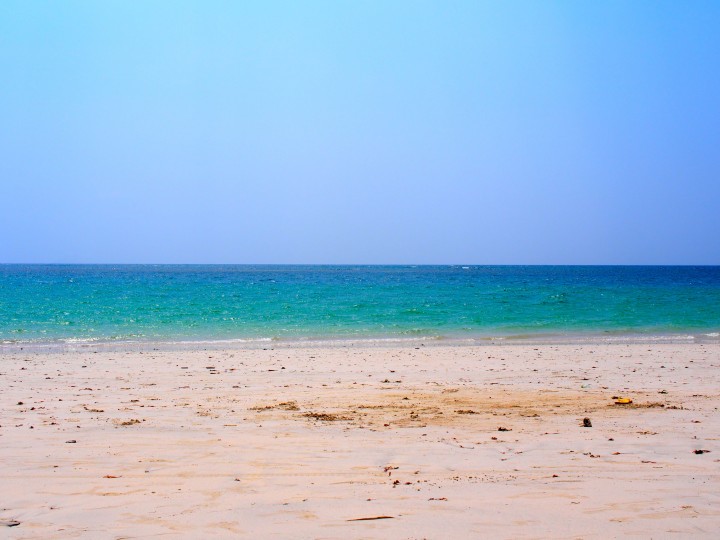
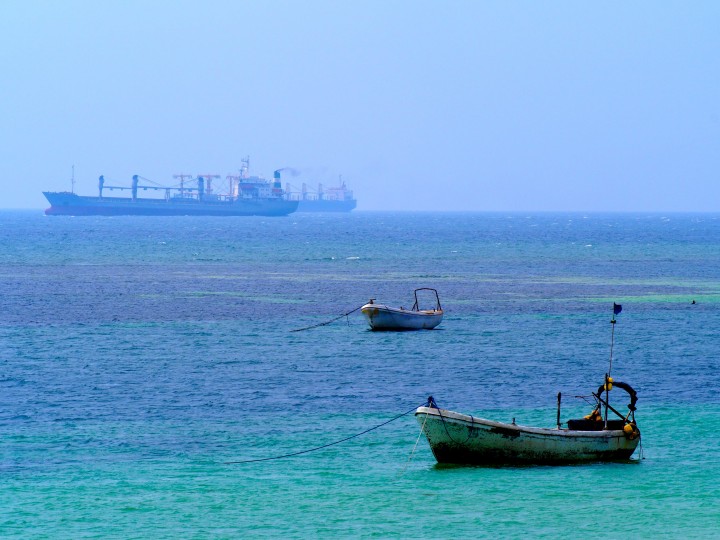
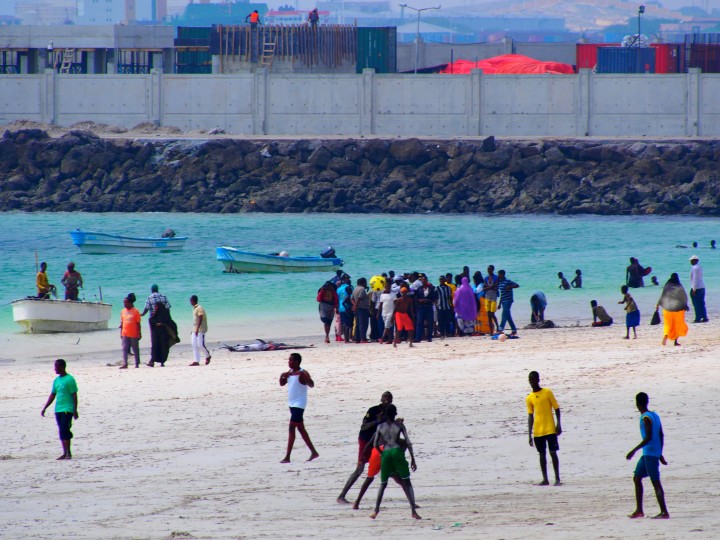
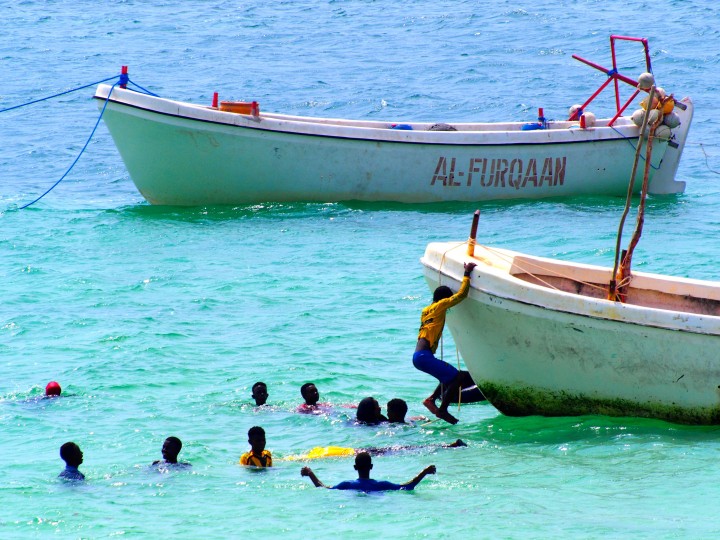
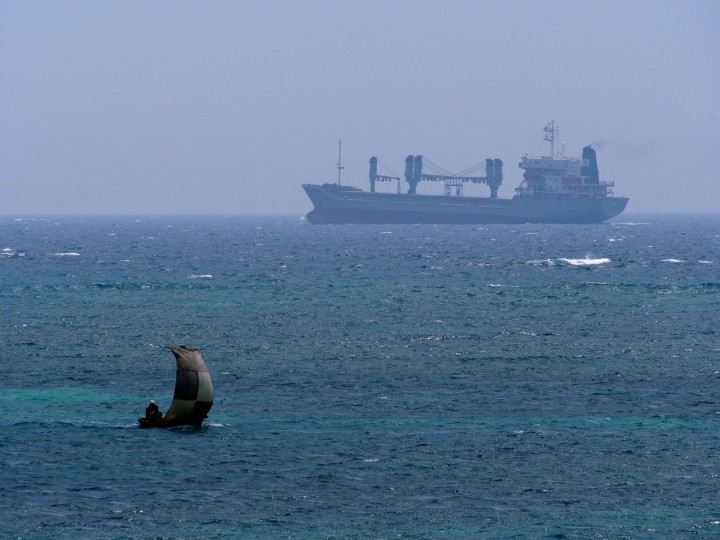

4 thoughts on ““You’re going where??” …Mogadishu, Somalia.”
Well it looks like the hired staff did its job and protected you perfectly well. Im glad all us ok. In the franciscan monastery the head of st francis was blown away. What a shame of a very old relief. Good amount of pictures. Glad you are safe and sound and the gps only gives you the info when you send it it does not do a 10 min update
So happy that you’re back and safe!
I have to say, when I got the first GPS text that it made me have a ache in my stomach until I saw the final text indicating you were back in a safer place. Thanks for calling me!! I love you guys, enjoy the rest of your trip. Mom
Awesome pictures as usual… Thank you for that…now I won’t have to go LOL
excellent post..Mike and martha i think you guys are from USA i have written few travel guides,tips,attractions,landmarks and safety tips..would you mind if i share it with you.